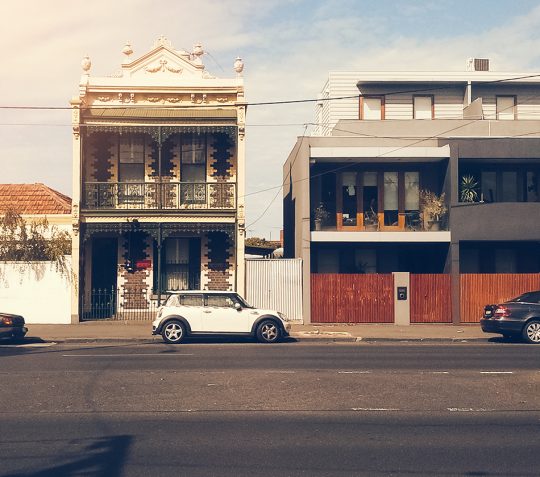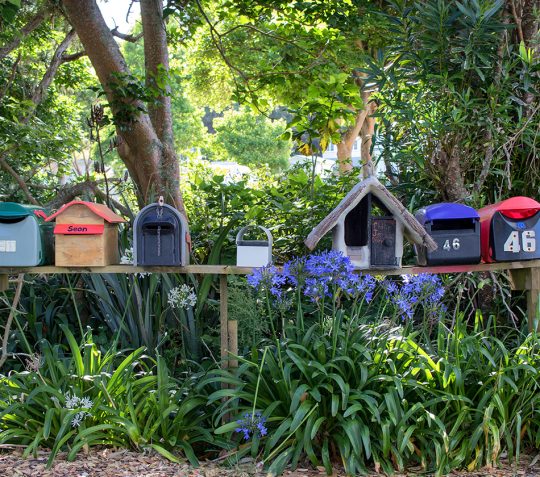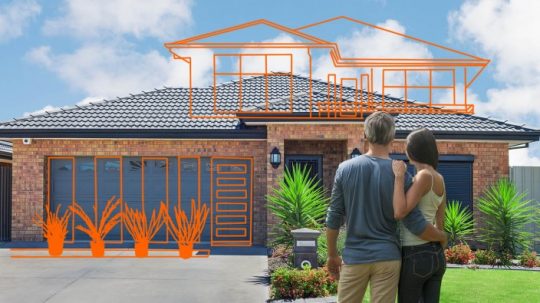When you’re looking for your dream home, you’re looking for features you love, like an open-plan kitchen, vaulted ceilings, a view of your leafy garden and pool. But when you’re buying an investment property, it’s less about what you want in a home and more about the numbers, the probabilities and the features your renters will be looking for. Because generally the endgame is to maximise your R-ROI – that’s your Rental Return on Investment.
Here are nine tips that could help you make sure your investment property is rental-return-ready.
1. Find your ultimate R-ROI: location
Capital growth is the ultimate return on your investment, and it all begins with finding a great property at a good price in an area that people want to live in.
Keep a list of areas and suburbs you’re interested in, and then check what their growth has been like over recent years. Look for things that could indicate strong potential for future growth too, like upcoming redevelopments, zoning changes, or infrastructure and transport improvements. This is where having a bit of local knowledge of an area – and doing good research – can really help. For investors, there aren’t many better feelings than getting in early to a sleeper suburb that becomes tomorrow’s hotspot.
2. Be demanding about demand
Look for properties in areas with strong rental demand, solid rental returns and low vacancy rates. (High vacancy rates could show that there’s some reason people don’t want to live in the area.) Areas close to transport, universities, schools, shops, cafes, restaurants, business centres, and community facilities like parks and shops will often have high rental demand. Consider using a property report to access estimated property data like rental yields and demand, as well as capital growth.
3. Choose low-maintenance homes
Unless you have plans to add value through renovating, look for newer or well-maintained homes with few flashy, frilly features. Some older homes – or those with things like a pool or extravagant landscaping – could cost more to maintain than apartments, which are generally easier to maintain than houses. That said, if you choose an apartment, you’ll have to factor in strata levies.
4. Keep on top of maintenance
Speaking of maintenance, put yourself in your tenants’ shoes when it comes to upkeep. There’s nothing more attractive than a well-maintained home, no matter whether you’re living there or inspecting it. So make sure you check the property regularly and fix problems quickly. It will help you keep good tenants longer and attract new ones faster.
5. Look for the features tenants want
There are certain things that most tenants look for regardless of who they are or where they rent – things like air-conditioning, an internal laundry, a balcony, secure entries, car parking or a lock-up garage, and plenty of storage. Keep these things in mind when you’re looking around at properties.
6. Pick properties that are in demand
By talking to local real estate agents or property managers, you’ll get a feel for what kind of property is in demand in a certain area. In family suburbs, for example, houses or townhouses with gardens could be more popular than apartments.
7. Add mod cons
A few well-chosen creature comforts – like a dishwasher, a dryer or a security system – are very attractive to renters. And if the bathroom and kitchen need a layout redo or new appliances, a renovation (if you can afford it) can really help boost the appeal. While these things might mean you’re in for some upfront spending, they’ll add to your property’s value and help increase your R-ROI.
8. Make simple cosmetic improvements – and if it’s broken, fix it
It’s amazing what a fresh lick of paint or professional carpet clean can do for a place. Before you advertise the property and have renters come through to inspect it, look to fix anything that’s broken – from jammed locks and broken tiles to taps, fly-screens and gates.
9. Be a pet-friendly landlord
Australians are mad for their furry best friends, but not a lot of rental properties allow them. Being pet-friendly could really boost your rental potential – and your returns. According to 2019 data from Domain Group, rents for Sydney apartments that were cool with furry friends were 11% higher than apartments that didn’t allow them. On a $600-a-week home, that’s an extra $3,432 a year in rental returns. Plus, pet-friendly rental properties can be as rare as an Egyptian Mau, meaning they could rent out faster, limiting the time the property is vacant between tenants.
Talk to a specialist
If you’re thinking about investing in property and want to know how much equity you have – or find out how much you can borrow – then our home loan specialists are here to help. And if you’re ready to buy and watch your rental returns roll in, they can even help sort out a pre-approved loan for you.



